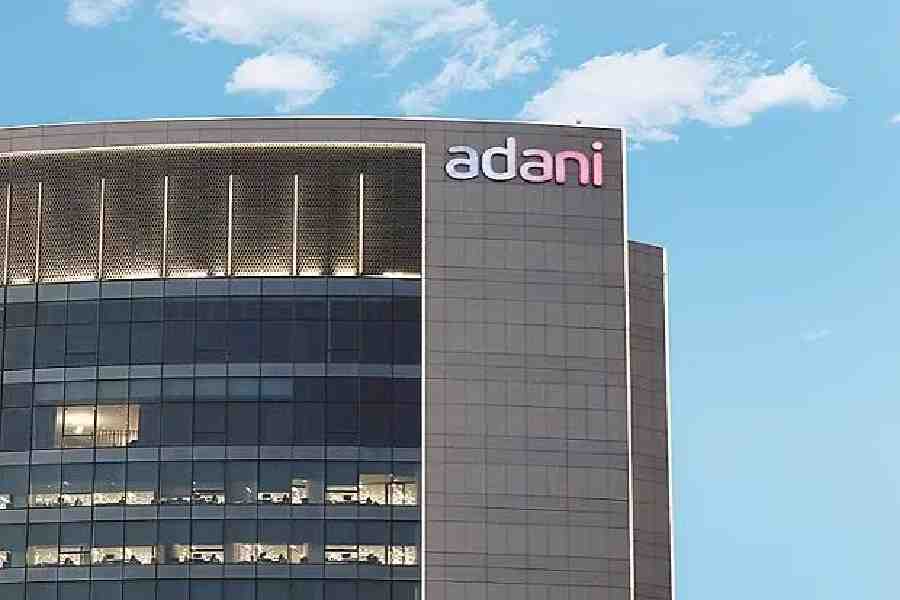Adani Electricity Mumbai is investing over Rs 2,000 crore to build two new transmissions lines in the city to strengthen its network as it moves closer to go more green by sourcing as much as 60 per cent of the energy needed for the city from renewables by 2027, a senior company official said.
The two new transmission lines comprise the 84 ckm Kharghar (in Navi Mumbai) Vikhroli line in the northeastern suburb of the megalopolis and the Thane-Aarey Colony line. The Vikhroli line will be ready by 2025.
"We hope to begin the work on the project from this October. The Thane line will begin after the first line and will be commissioned in 2027," a senior company official, who did not want to be quoted, told PTI.
The company reached financial closure last week by securing Rs 1,700 crore debt from international lenders for the projects being executed by its parent Adani Transmission.
"We will be investing more than Rs 2,000 crore for this, of which Rs 1,700 crore will be debt-funded," the official said, adding the project also includes setting up a 400-kV substation which will raise the transmission capacity by 1,500 mw, as the company expects the peak demand for the megapolis to cross 5,000 mw mark by FY25 from around 4,000 mw now.
The official said the company has made rapid strides in improving the supply of green energy to the city where it serves more than 34 lakh customers or 6 per cent of the total consumers of the city, by increasing the supply of solar and wind power by 10 times in the past three years to 30 per cent now from only 3 per cent when three years ago.
Asked if the Adani group company which entered the city's distribution business three years ago by buying out the licence from the now crippled Anil Ambani group firm Reliance Energy for Rs 18,000 crore, is on course to meet the recent public statement on increasing green energy mix to 60 per cent by 2027, the official answered in the affirmative saying “very much or even earlier given what we have done so far.” "We'll be following a hybrid model of solar and wind and given our current success the company is quite confident of making it or even bettering it," he said.
The transmission lines project involves developing the city's first-ever 400 kV substation facility. The Kharghar-Vikhroli project comprises 34 km of 400 kV and 220 kV transmission lines, including a 400kV substation at Vikhroli.
He said this project is critical to the city as the existing capacity of the transmission corridor is not sufficient to carry further power into the city. This project would enable additional power of 1000 mw to be brought into Mumbai and would thus help in meeting the future demand of the city. Adani received the licence for the project in December 2019.
Adani Energy Solutions last Monday had also secured financial closure for another USD 1 billion from international lenders for its green transmission link project.
The company said this credit facility is part of the USD 700 million revolving project finance initiative tied up in October 2021 for its ongoing transmission assets portfolio. The credit line is coming in from DBS Bank, Intesa Sanpaolo, Mizuho Bank, MUFG Bank, Siemens Bank, Société Générale, StanChart, Sumitomo Mitsui Banking Corporation, and Hong Kong Mortgage Corporation.
The official said, increased mix of renewable energy will help the company save 70-100 paise per unit in terms of the acquisition cost, which it will completely pass on to customers.
He also said of the 34 lakh customers, as much as 50,000 have opted to draw only green power despite that being more costly than traditional power (because of the poor load factor at night from the generation side, forcing it to source from the green grid, which will be costly.) He said the company does not have any captive green power source in the city and thus will have to be procured.
Except for the headline, this story has not been edited by The Telegraph Online staff and has been published from a syndicated feed.












